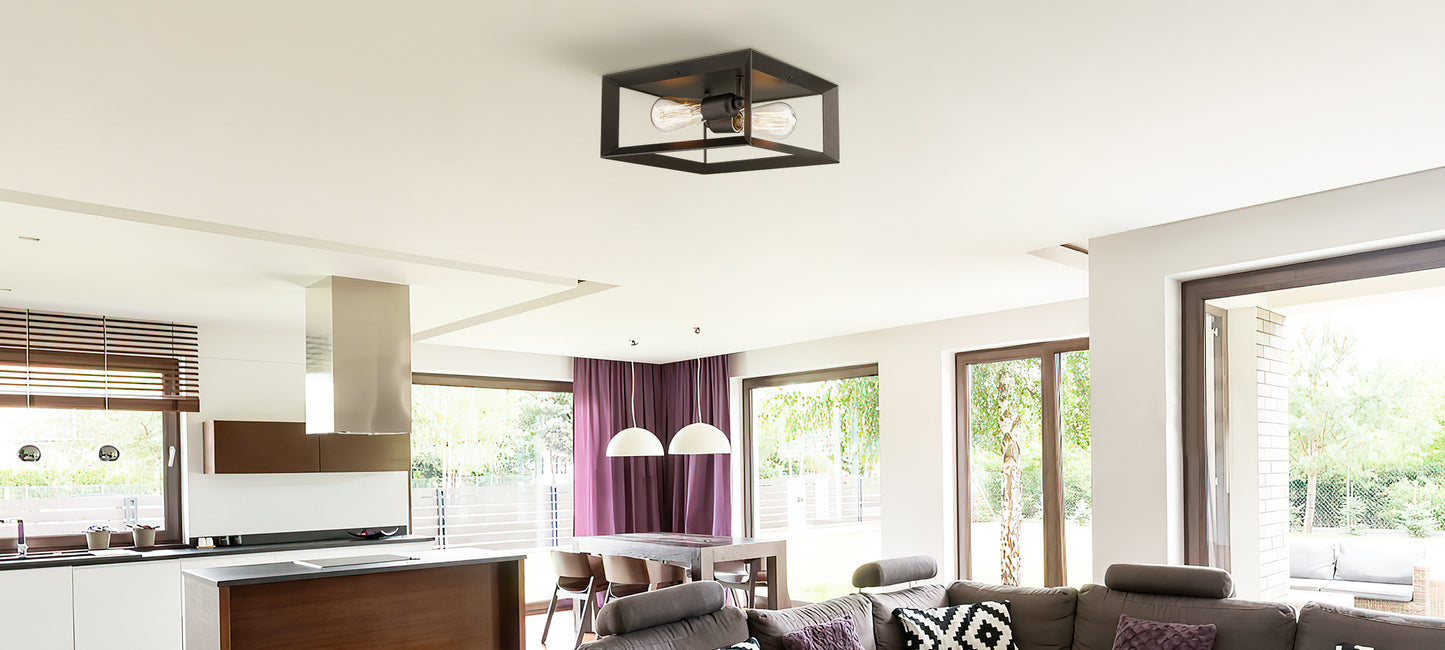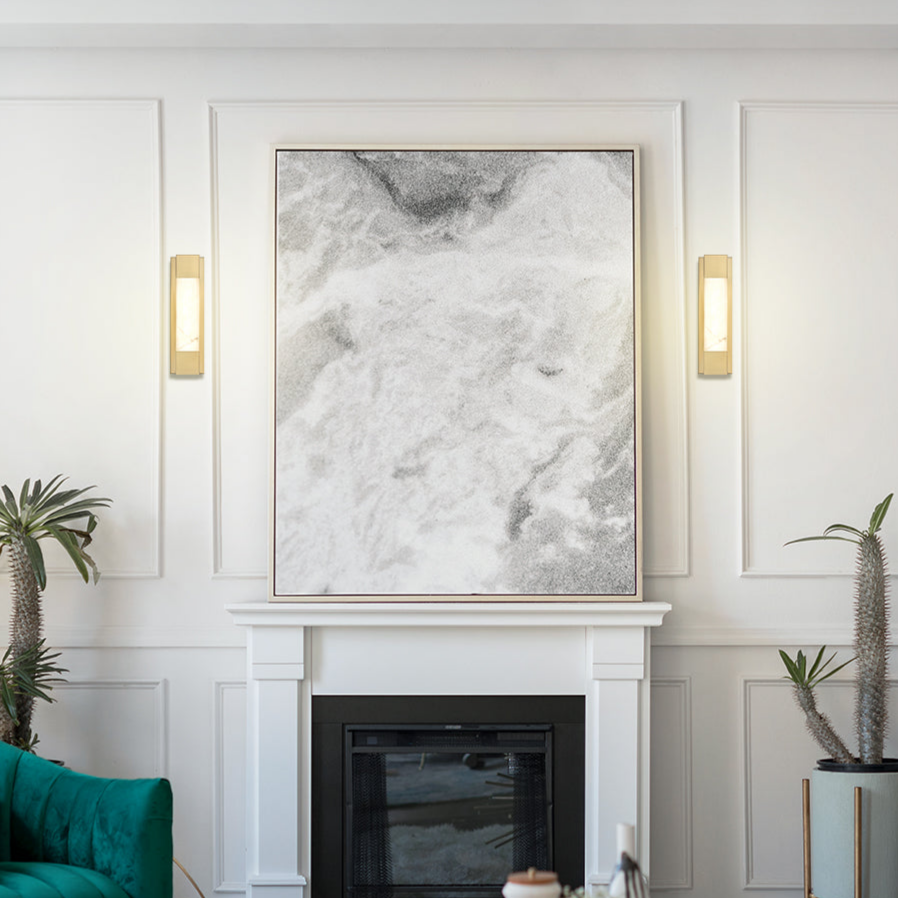
Ceiling lights are popular forilluminating a room and can add a decorative touch to the space. Many different types of ceiling lights areavailable, including flush-mount lights, semi-flush-mount lights, pendant lights, and chandeliers. Installing ceiling lights can be a DIY project, but it's important to follow proper safety guidelines and to have a basic understanding of electrical work.
In this article, we will provide a step-by-step guide on installing ceiling lights, including tips and precautions to keep in mind.

Safety Precautions
Before beginning any electrical work, it's important to take proper safety precautions to protect yourself and others. These precautions include:
- Turn off the power: Before beginning any electrical work, it's essential to turn off the power to the circuit you will be working on. This can be done by turning off the breaker or removing the fuse for the circuit.
- Use caution when working with electricity: Electrical work can be dangerous, so it's important to use caution and follow proper safety guidelines. Wear protective gear, likegloves and safety glasses, and avoid touching live wires or electrical components.
- Follow local building codes: Building codes vary by location, so it's important to familiarize yourself with the local codes and follow them when installing ceiling lights. This will ensure that the installation is safe and compliant with local regulations.
Tools and Materials
Before beginning the installation process, it's important to gather the necessary tools and materials. These may include:
- Ceiling light fixture: Make sure to choose a ceiling light fixture that is appropriate for the size and style of the room and that is compatible with your electrical system.
- Electrical wire stripper: An electrical wire stripper is used to strip the insulation from the ends of the electrical wires.
- Screwdriver: A screwdriver may be needed to install the mounting bracket and secure the light fixture to the ceiling.
- Wire nuts: Wire nuts are used to connect the electrical wires from the ceiling to the wires from the light fixture.
- Voltage tester: A voltage tester is used to test for live wires and to ensure that the power is off before beginning the installation.
- Ladder: A ladder may be needed to reach the ceiling and install the light fixture.
Step-by-Step Guide
Installing ceiling lights involves a few simple steps. Follow these steps to install a ceiling light in your home:
- Turn off the power: Before beginning the installation process, turn off the power to the circuit by turning off the breaker or removing the fuse. Use a voltage tester to ensure that the power is off before proceeding.
- Remove the old light fixture: If you are replacing an existing light fixture, remove the old fixture by loosening the mounting screws and carefully lowering the fixture from the ceiling. Disconnect the wires from the fixture by loosening the wire nuts and separating the wires.
- Install the mounting bracket: Most ceiling light fixtures come with a mounting bracket that is used to secure the fixture to the ceiling. Install the mounting bracket by attaching it to the electrical box in the ceiling using screws.
- Connect the wires: Once the mounting bracket is installed, connect the wires from the ceiling to the wires from the light fixture. Typically, the wires are connected by matching the colors of the wires and securing them with wire nuts. Make sure to follow the manufacturer's instructions for the specific light fixture you are installing.
- Secure the light fixture: Once the wires are connected, carefully lift the light fixture into place and secure it to the mounting bracket using screws.
- Install the light bulb and any other fixtures: Install the light bulb and any other fixtures, such as shades or covers, according to the manufacturer's instructions.
- Turn the power back on: Once the light fixture is securely installed, turn the power back on by replacing the fuse or turning the breaker back on.
- Test the light: Finally, test the light to make sure it is functioning properly.

Tips and Precautions
Here are a few additional tips and precautions to keep in mind when installing ceiling lights:
- Follow the manufacturer's instructions: It's important to follow the manufacturer's instructions for the specific light fixture you are installing. These instructions will provide detailed information on how to install the light fixture and how to connect the wires.
- Use caution when working with electricity: Electrical work can be dangerous, so it's important to use caution and follow proper safety guidelines. Wear protective gear, such as gloves and safety glasses, and avoid touching live wires or electrical components.
- Consult an electrician if necessary: If you are unsure about any aspect of the installation process, or if you are not comfortable working with electricity, it's best to consult an electrician. An electrician can safely and properly install the light fixture for you.
Conclusion
Installing ceiling lights can be a DIY project, but it's important to follow proper safety guidelines and to have a basic understanding of electrical work. By following these steps and tips, you can successfully install a ceiling light in your home. It's always a good idea to consult an electrician if you have any doubts about your ability to safely install a ceiling light.


